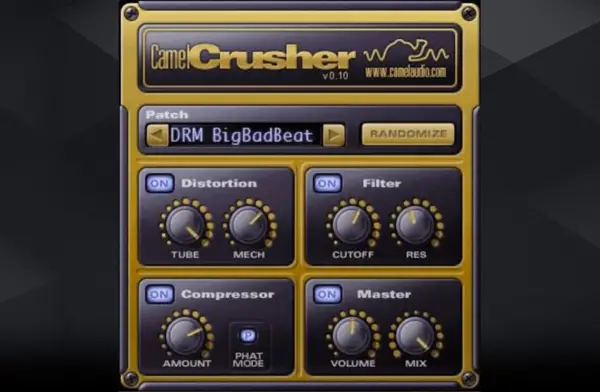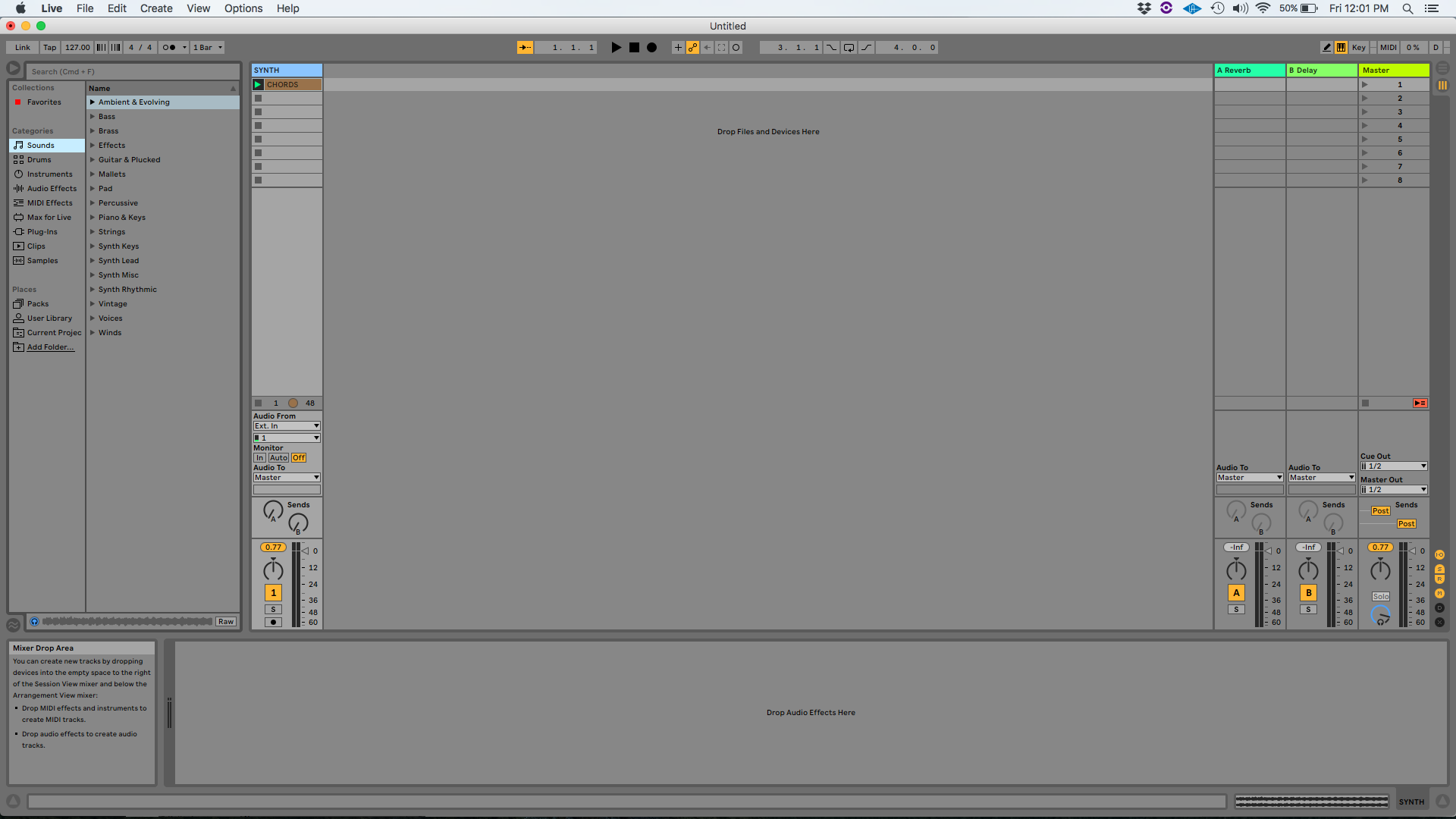Turn your regular EQ8 into a Bad-Ass EQ8!

Some people don’t know that the stock EQ8 in Ableton Live has a HI-Quality setting, and even less people know what it does. Well, lets go ahead and learn all about it with Dubspot Ableton Certified instructor Thavius Beck.


EQ Eight has 8 filters which you can turn on & off by pressing the squares by their numbers. Every filter can be one of 8 types which you can select in the menu above the on/off button. When you turn on a filter and select its type you can move it around the spectrum. EQ Eight has 8 filters which you can turn on & off by pressing the squares by their numbers. Every filter can be one of 8 types which you can select in the menu above the on/off button. When you turn on a filter and select its type you can move it around the spectrum by moving the yellow circle with the filter’s number inside.
The way to turn the setting on is to right click on the title bar for the EQ8. At the very bottom of the pop-up window is a setting called “Oversampling” click it and a check will appear to the left of the word. That is how you know that it is enabled. If you are using Live 8 or below this setting is called “High Quality”.
It might be a good idea to go ahead and make it your default setting, again right click on the title bar, but keep in mind it takes up almost twice as much CPU. When it isn’t enabled, for example, on my machine, processing one clip through the EQ8 takes up about 3-4% cpu. When it is enables that goes to 5-8%. The reason why is outlined below.
“When Hi-Quality mode is enabled on the EQ8, the audio being fed into the EQ is oversampled by a factor of 2 (meaning the sample rate of the audio is doubled. If your session’s sample rate is 44.1kHz, enabling Hi-Quality will make the audio being fed into the EQ8 88.2kHz). Then the EQ changes are calculated at the doubled sample rate, and finally the audio as it leaves the EQ is undersampled by a factor of 2, or basically brought back to it’s original sample rate.
“Why does this happen? It all has something to do with what is referred to as the Nyquist Point. The Nyquist Point is one half of your sample rate, so if your session’s sample rate is 44.1kHz, the Nyquist Point will be 22.05kHz, which is right at the upper limit of human hearing, and just beyond the furthest right edge of our EQ8′s GUI. Any audio that produces a frequency higher than the Nyquist Point cannot be accurately reproduced digitally and will have aliasing or digital distortion as a result.
Eq Eight Download Ableton Vst
“Because of this, the EQ8′s frequency range was initially limited to 22kHz on the high end (when working on a session with a 44.1kHz sample rate). If your EQ is in normal mode (not Hi-Quality), and you create a notch on the 4th EQ point (reduce the gain all the way on the 4th point), start to increase the Frequency on that 4th point. You’ll notice that as you get closer to the Nyquist Point (22kHz when working with a 44.1kHz sample rate), the curve of the EQ gets squashed so that the curve doesn’t extend beyond 22kHz. Now, enable Hi-Quality mode and try the same thing. Notice how the EQ curve remains intact no matter how close you get to the Nyquist point.” … Full Article